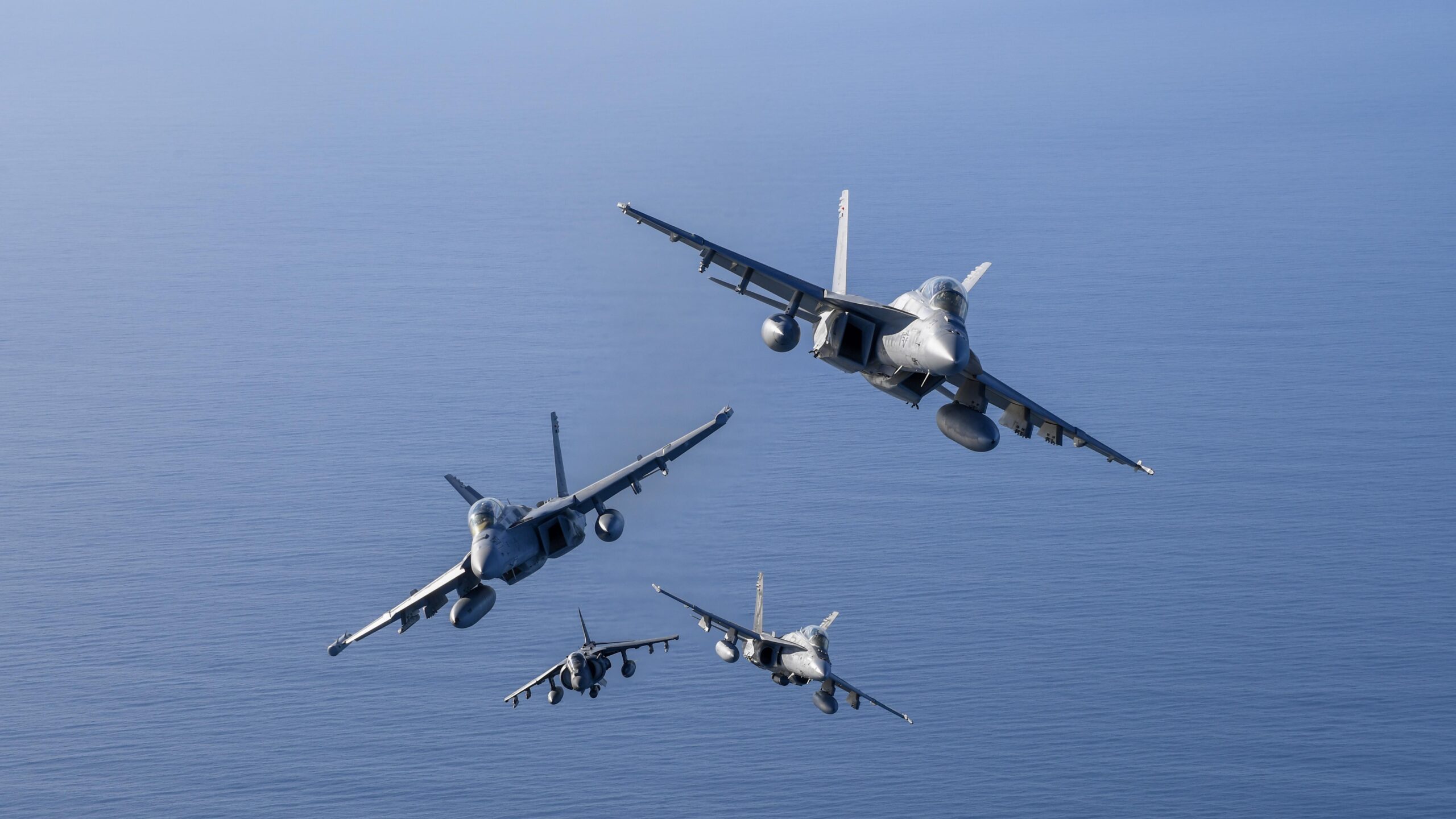
US F/A-18 and EA-18G fleets surpass 12 million flight hours
Peter Felstead
The US Navy’s Boeing F/A-18 and EA-18G aircraft fleet has surpassed 12 million flight hours, “marking an important milestone for one of the most enduring families of aircraft in modern naval aviation”, US Naval Air Systems Command (NAVAIR) announced on 1 August 2025.
The US Navy’s F/A-18A-D Hornet and F/A-18E/F Super Hornet fighters and EA-18G Growler electronic attack aircraft have served as the backbone of US Navy and Marine Corps air power for decades, with NAVAIR noting that the aircraft have completed the equivalent of 500,000 days, or nearly 1,370 years, of non-stop flight in US service.
“When you call the roar of these aircraft ‘the sound of freedom’, it holds real weight,” Captain Michael Burks, programme manager for the F/A-18 and EA-18G programme office (PMA-265), was quoted as saying in a NAVAIR press release. “Throughout their service the F/A-18 and EA-18G family has supported nearly every major US military conflict of the past 40 years and continues to adapt to rapidly changing threat environments. From the initial deployment of the Hornet to the advanced capabilities of the Super Hornet and Growler, these aircraft have delivered forward presence, tactical airpower and critical electronic warfare capabilities around the globe.”
Since the F/A-18 Hornet was first introduced in the 1980s, it has quickly become a versatile and capable fighter and attack aircraft. Its successor, the F/A-18E/F Super Hornet, along with its electronic warfare counterpart, the EA-18G Growler, introduced significant advancements in radar, avionics, payload capacity and electronic attack.
Key modernisation efforts include Super Hornet Service Life Modification (SLM), which extends Super Hornet service life from 6,000 to 10,000 flight hours, and the delivery of Block III Super Hornets, which are equipped with advanced sensors, enhanced survivability and a redesigned cockpit for improved pilot performance. Growler Block II modifications will enhance mission systems, enable future capability growth and strengthen the US Navy’s electronic warfare capabilities.
“This milestone is a significant achievement and a reflection of the generations of sailors, marines and civilians who sustain, fly and innovate these platforms every day,” said Capt Burks. “Twelve million flight hours demonstrates our commitment to delivering world-class capability, enabling our warfighters to execute their missions with an asymmetric advantage and return home safely.”
The flight hour milestone comes at a notable time for naval aviation, coinciding with the 30th anniversary of the Super Hornet’s first flight in November 2025 and as the US Navy and Marine Corps prepare to celebrate 250 years of service to the nation this year.
As part of the Program Executive Office for Tactical Aircraft Programs (PEO(T)), PMA-265 supports, sustains and advances the F/A-18A-D Hornet, F/A-18E/F Super Hornet and EA-18G Growler fleets.
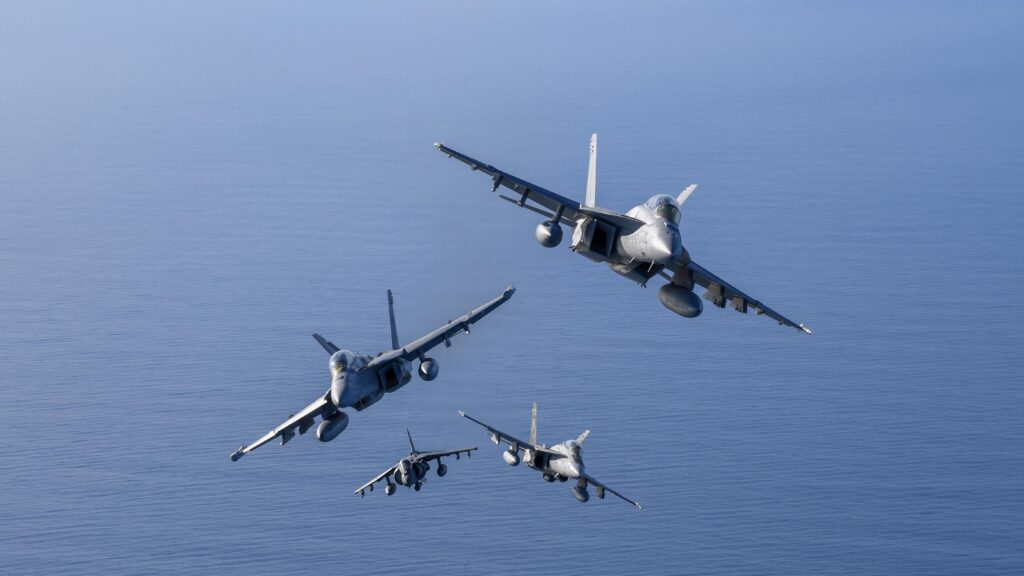





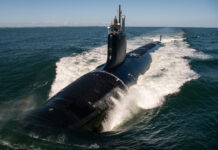
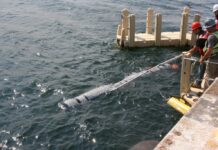
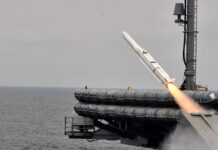

![Hybrid navies: Integrating uncrewed capability into carrier strike The US Navy (USN) carrier USS John C Stennis (left), the French Navy carrier FS Charles de Gaulle, and elements of their strike groups are pictured sailing together in US Fifth Fleet’s area of operations. The US, French, and UK navies are all developing ‘hybrid’ crewed/uncrewed mixes for their carrier airwing capability. [US Navy]](https://euro-sd.com/wp-content/uploads/2025/09/2-HST-CdG-USN-Kopie-218x150.jpg)



